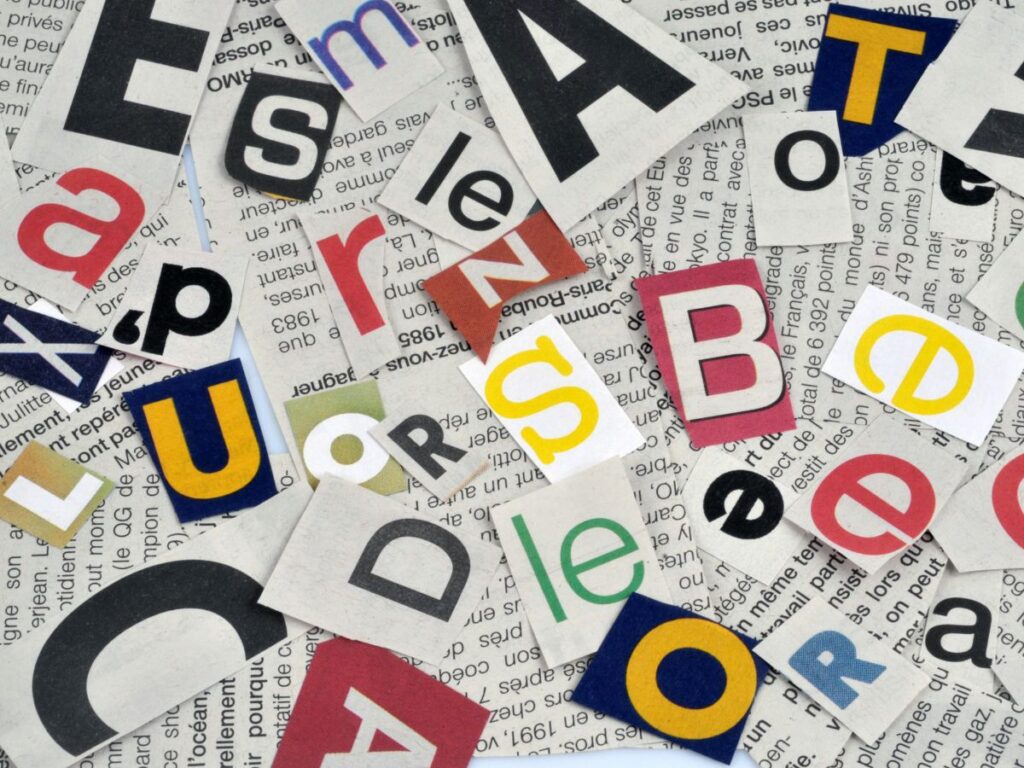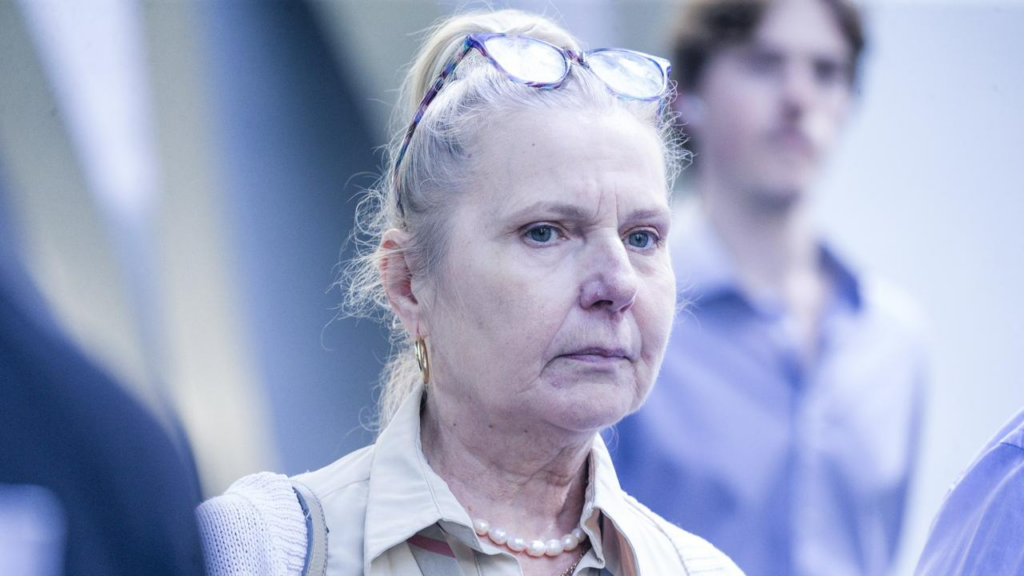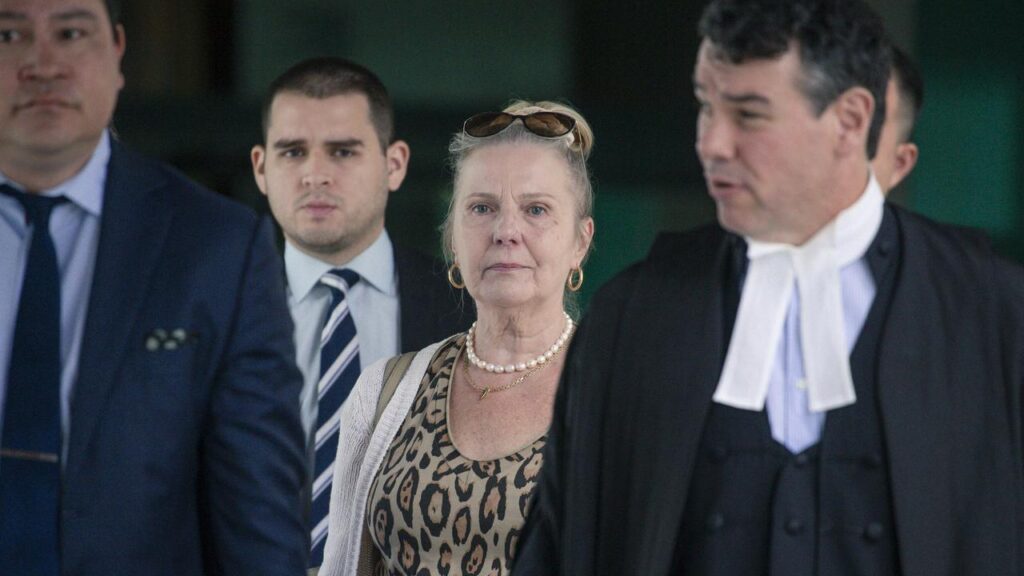Senior Associate Brendan Reidy talks defamation with Qld’s peak legal body

The vast majority of people both inside and out of the legal profession know the basics of defamation – be careful what you say and publish at your own peril.
This common awareness of defamation within the community combined with the prominent use of social media has resulted in an increasing trend in defamation claims, prompting a significant overhaul of defamation law. Most notably, there is now a requirement for a claimant to establish (as an element of the cause of action) that they have suffered “serious harm” as a result of the relevant publication.
Since the implementation of these changes, the legal profession has been asking the question: what is serious harm?
Early determination
Before proceeding to trial, a defamation proceeding will often be sent to a pre-trial hearing to determine whether the relevant publication has caused, or is likely to cause, serious harm to the claimant.
The ability for early determination of the serious harm element arises under ss 10A(4) and 10A(5) of the Defamation Act 2005 (Qld) (the “Defamation Act”).
For practitioners, it is important to keep this in mind when commencing any defamation proceedings, as the serious harm element must be established from the outset of the case otherwise it is likely that the matter will be dismissed prior to trial.
What is serious harm?
Late last month, Justice Applegarth delivered a long-awaited authority providing a framework that lawyers can now use to determine the new serious harm element.[1]
The decision was published as a result of a pre-trial hearing of the separate harm issue and relevantly, it provided the following nine, non-exhaustive considerations for determining serious harm:[2]
1. The meaning of serious harm
The requirement to prove serious harm should be interpreted according to its ordinary meaning. Serious harm sits above substantial harm but below grave. Importantly, there can be harm which, though substantial, does not reach serious harm.
2. The gravity of the defamation
The more seriously defamatory the publication, the more likely it is to cause serious harm.
3. The extent of publication
Quantity counts in the evaluation of serious harm, but it is not necessarily decisive.
Very serious harm to a reputation can be caused by the publication of defamatory matter to one person, or a few individuals. A mass media publication will not necessarily cause serious harm. However, this does not mean that serious harm is a numbers game.
4. By whom it is published
A defamatory publication made by or attributed to a credible and reliable source is more likely to cause serious harm than a publication made by a partisan and prejudiced person who recipients of the publication would regard as unreliable or poorly informed.
A publication which is presented as being the product of extensive research is more likely to be defamatory than a publication that appears to be the product of no inquiry or consideration.
5. The form of the publication
A statement made in an ephemeral medium, apparently spontaneously, such as social media post in response to an earlier post, may have less potential for harm than a statement made in a permanent form that appears to be the product of analysis and reflection.
6. The identity of the recipients
The defamatory matter may be published to persons who know or know of the claimant.
For example, a statement made to the family or close friends of the claimant who instantly disbelieve it, is less likely to cause serious harm than if the same statement were made to persons who do not know the claimant, and believed it.
7. The state of the claimant’s reputation prior to the publication
A claimant is not required to prove that they had a good reputation before attempting to jump the serious harm hurdle.
However, if a publication injures a claimant in only in a certain sector, then evidence of their reputation relating to that sector must be shown.
8. Proof of the cause of the serious harm
A defendant is liable only for the harm to reputation and other loss caused by the publication.
In proving the serious harm element of the cause of action and in proving damages at trial, the claimant must attempt to isolate the damage caused by the publication about which they complain.
This approach reflects the principle that a claimant must prove that the defendant’s wrong caused the harm for which the compensation is sought.
9. Proof of serious harm by direct evidence or inference
The serious harm element requires proof of actual harm to reputation. Harm is not presumed.
Serious harm may be proven by direct evidence of harm to reputation, by inference, or by both means of proof.
Key takeaway
The Peros decision provides some welcome guidance for the legal profession and the broader community in determining serious harm.
Importantly, the decision reinforces the long-held view of the profession that s 10A of the Defamation Act is not concerned with harm to feelings, but rather serious harm to reputation. This section of the Defamation Act has been interpreted as removing the common law presumption of harm and instead, it uses language of causation and requires a claimant to prove actual harm of such significant nature that a judge would be satisfied that the harm was “serious”.
Interestingly, the plaintiff in Peros failed to prove that the serious harm element existed, and the proceeding was therefore dismissed.
[1] Peros v Nationwide News Pty Ltd & Ors (No 3) [2024] QSC 192 (Peros).
[2] See paragraphs [58] to [99] of Peros.
In the Media
Behlau Murakami Grant hosts DJ Fisher at Opetaia World Title Fight
Gold Coast-based international DJ Paul “The Fish” Fisher was almost a bigger hit with fight fans...
Church, police under fire from Behlau Murakami Grant after childcare manager cleared of computer hacking.
Childcare manager Yolanda Borucki has been found not guilty of computer hacking after she went to the...
Whistleblower Found not Guilty Thanks to Behlau Murakami Grant
The whistleblower accused of sharing confidential details surrounding Australia’s worst pedophile has had her name...



